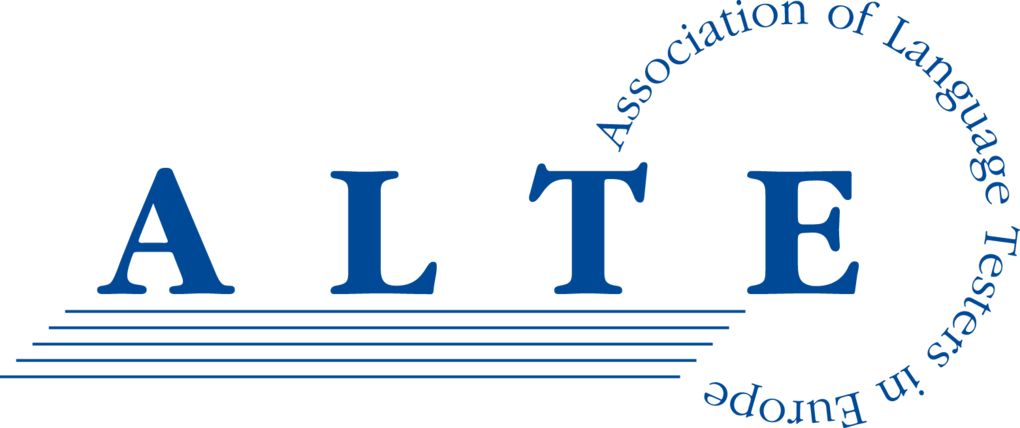Conducting telc examinations securely
telc language exams are taken in over 30 countries - with comparable and standardized results. In order to ensure we maintain this high level of reliability in the future, we provide full support to examination centres worldwide.
Examination centres receive all information needed to conduct examinations correctly in our support documents Examination Regulations and Instructions for conducting the written and oral examination.
Important information regarding the practicalities of conducting examinations has been summarized below.
In addition, we offer them free training for examination centre coordinators.
- Planning before the exam
- Supervision during the exam
- Fairness
- Deception and examination committee
- Handling of examination documents
- Contracts and terms and conditions
If you have any further questions, please feel free to contact us at any time using the contact form.
We are there to support you at every step.
What makes our exams so secure?
We guarantee all-round security in our examinations – the process starts with regular free training.

Member of the Association of Language Testers in Europe (ALTE)
Quality is important to us. For this reason, we are committed members of the quality associations ALTE (Association of language test in Europe) and EAQUALS, to ensure internal quality assurance. We rely on transparent processes and regularly participate in quality audits.
Test Development – How it Works
Producing high quality tests which provide reliable results is a process involving many stages. telc’s test development team have two main responsibilities - developing new test formats and also supervising the construction of new test versions. The stages involved are clearly defined and each team member focuses on a specific field of work, defined either by language (e.g. Russian) or by purpose (e.g. school exams).
Planning
Once the decision has been made by the test developer or a third-party to provide a test, the planning phase begins. Here, information is gathered that will guide the entire development process. Detailed needs and target group analysis are carried out to ensure that the test will suit the requirements of future test takers.
Designing
Using the information from the planning stage, telc test developers begin to design the test, making decisions related to its structure and content. A first draft of a suitable testing format is created – establishing the likely thematic areas, subtests, text types, distribution of score points and so on. This is known as the test specifications. A mock examination draft is then created and the result is reviewed by members of telc’s test development team, experienced item writers and other experts.
Pre-testing
Pre-testing allows telc to trial the draft mock examination and make improvements based on the results, feedback and suggestions from various parties involved. The phase is essential as it allows telc to ascertain the functionality of the test formats, making sure that the new test is equally usable by candidates, teachers and examiners. The test developers also create instructions for the test’s implementation, answer sheets, examiners’ sheets for oral tests and, of course, the telc certificates.
When the concept is finalised, the test developer updates the test specifications, the road map that outlines all details about the test, and then the first versions of the test can be created.
How Is A New Test Version Constructed?
When a new version of a test is prepared for an already existing examination format, the test developer’s activity is mainly that of coordinator and advisor.
Producing
All test developers work with teams of authors, also known as item writers, who are responsible for writing the subtests for the exam. Every author has long experience in foreign language didactics and an understanding of the testing context. telc also organises regular training sessions for these authors to provide them with continuing professional development. The authors are provided with the test specifications and sample materials such as mock exams or past papers, and these are used to produce the subtests.
Evaluating
As soon as the authors have completed their work, the draft is evaluated. A number of questions are used to check that the work conforms to telc’s requirements. Does the draft adhere to the test specifications? Are there discrepancies in the examination’s format? Are all subtests appropriate for the established level? Are the chosen themes relevant to the target group? When necessary, the draft is re-worked and then sent to several appraisers, who again carefully check each individual subtest.
Constructing
The findings of the appraisers are collected and the test developer creates a preliminary version. This version is reviewed by a group of editors, who meet to discuss any issues with the test and make the final edits. When the experts have given the test version their go-ahead, the new test is sent to language courses for a trial run. Here, live test conditions are observed and test takers who are similar to the target group take the test. Enough responses are collected to carry out statistical analysis. The information provided can indicate how well the test items work, as well as revealing other useful information such as the average score and whether the test is the right level for the group. The results determine if the new test really meets telc’s high examination requirements. Any items that present difficulties are altered or exchanged, and, if necessary, sent into the trial stage once again.
The final version
The final version of the examination is ready when the developer has approved the last test version, the answer key is complete and the listening activities from the listening comprehension subtest have gone through their final takes in the recording studio. The test can now be used.